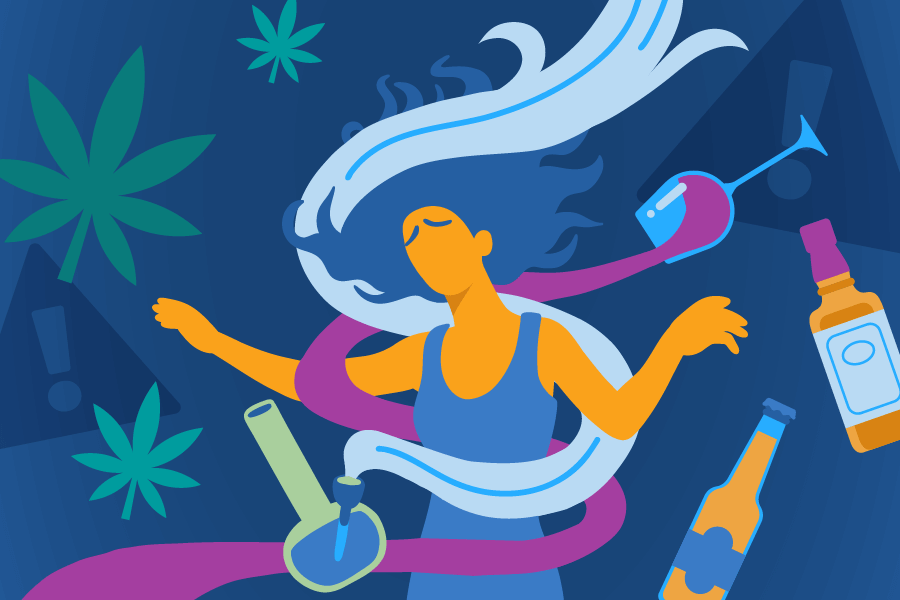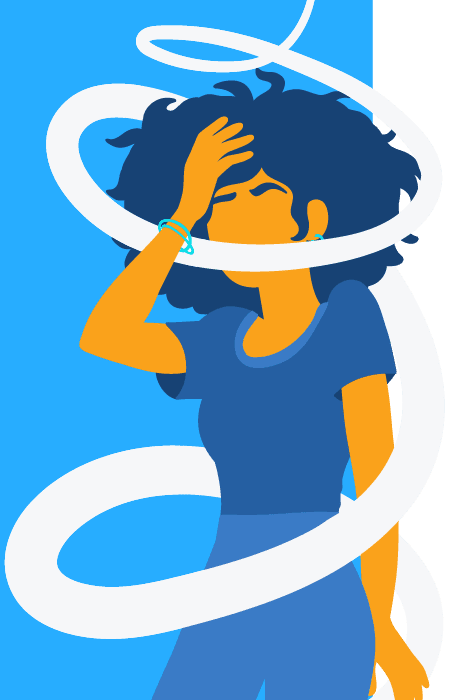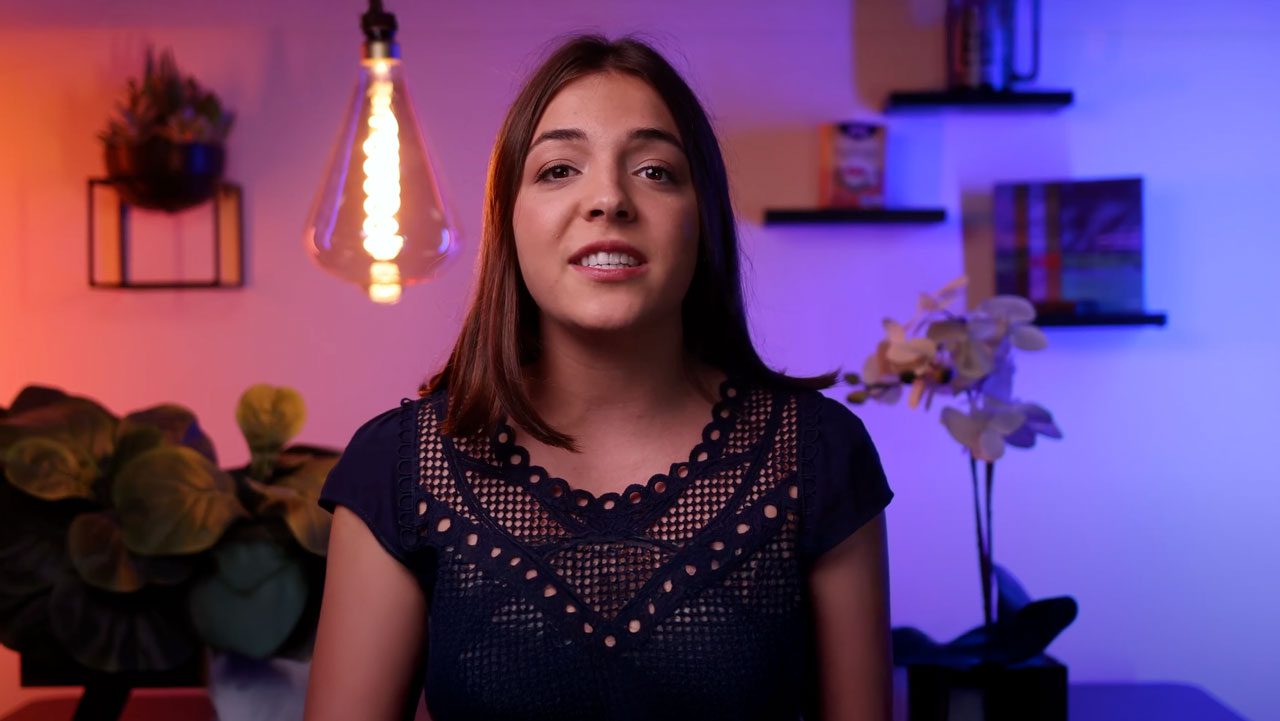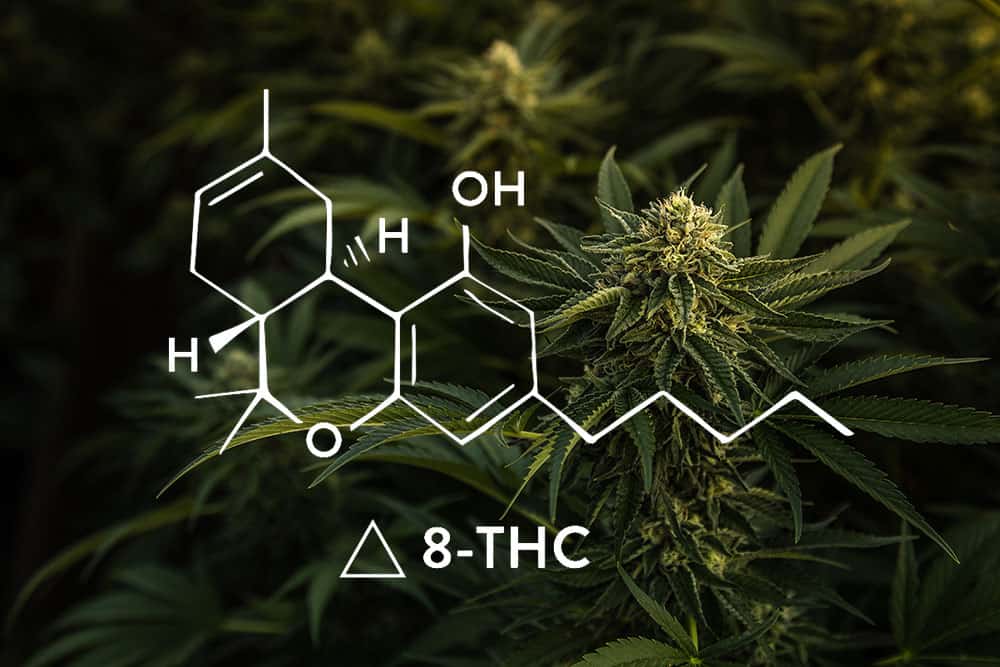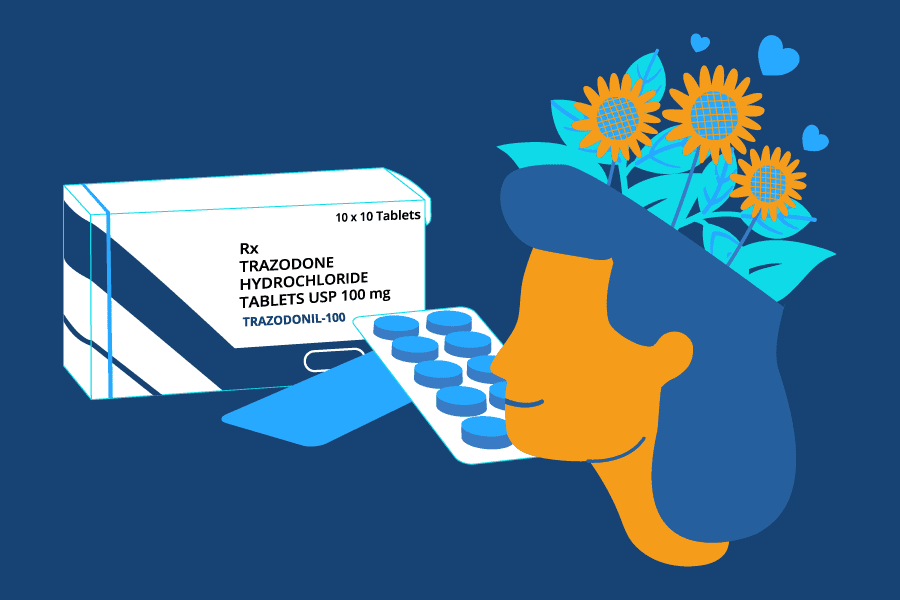Getting “Crossed”
“Crossfading” or “getting crossed” are slang terms used among young adults that refer to combining the use of alcohol and marijuana.
In fact, crossfading is the act of using multiple substances at once.
It can lead to negative effects on both mental and physical health. Many parents share concerns about the effects of crossfading on their children.
Did you know that alcohol use, marijuana use, and crossfading are also common across the country?
According to a study in 2022, approximately 29.5 million people were living with alcohol use disorder (AUD). Another 69.1 million people 12 and older had at least experimented with marijuana.
Something else that may be surprising is that there is a lot of overlap between marijuana and alcohol use.
Around 8 million people have been diagnosed with both AUD and drug addiction. Even as many as 75 percent of marijuana users have also reported using alcohol.
What Does It Mean to Be Crossfaded?
Crossfading refers to being under the influence of both alcohol and marijuana at the same time to increase their effects.
Alcohol can increase the amount of THC that is absorbed from marijuana. This intensifies the effects of alcohol and marijuana on the central nervous system.
The combination of mind-altering effects of marijuana and alcohol abuse affects people differently. While some may experience a euphoric effect, others feel nauseous, sick, or like the world is “spinning.”
This is dangerous because crossfading can result in cognitive effects like memory impairment, anxiety, and paranoia.
What Is the Difference Between Crossfade and High?
Being high refers to the effects of using any drug. Crossfading refers to specifically smoking weed while drinking alcohol.
When mixing alcohol with marijuana, people experience a unique and dangerous high.
Is It Ok to Crossfade?
No, crossfading is incredibly dangerous.
Not only can crossfading lead to an increased risk of overdose, it also creates intense emotional side effects like anxiety and paranoia, as well as dangerous physical effects like slowed heart rates.
Compromised decision-making skills can lead to more risk-taking behaviors, like driving under the influence.
The intense physical and mental impairment can also present risks like falling, especially when feeling like the world is “spinning.”
Crossfading is especially common among adolescents and young adults. This is particularly concerning because substance use affects the prefrontal cortex of the brain.
This part of the brain gives you the power to think, plan, solve problems, make decisions, and utilize self-control over impulses.
This part of the brain is also the last part of the brain to mature, making teens most vulnerable.
How Long Does Being Crossfaded Last?
The effects of crossfading typically last from one to three hours.
It will also depend on how high a tolerance a person has to alcohol and marijuana, and the amount of alcohol and THC that was taken.
Further research is needed for how different types of THC, such as the kind found in edibles, affects how long being crossfaded lasts.
Three hours might sound like a small sacrifice, but when negative side effects set in, it can feel like an eternity.
Causes of Crossfading
Why Do People Get Crossfaded?
Some people get crossfaded to intentionally increase the psychoactive effects of drugs and alcohol. Doing so causes an increase in THC levels and the impact of alcohol.
Experiencing both being drunk and high can have a euphoric effect. This causes the release of dopamine, or the “feel good” reward chemical in the brain.
Despite the negative effects, this effect can cause someone to want to get crossed.
Young adults and children may also get crossfaded due to social pressures in risky environments. For example, experimenting at parties.
The most troubling part about crossfading is that most people who do it believe these substances are far less dangerous than they are.
With alcohol being legal, and the pushing for nationwide legalization of marijuana, many people may not think thoroughly about the destructive effects of these drugs.
Remember, legal does not equal safe.
How Much Does It Take to Get Crossfaded?
The amount of marijuana and alcohol needed to get crossfaded is typically less than is needed to experience the effects of alcohol and marijuana individually.
For some, it can take very little of each substance working together, especially the first time. That doesn’t make this a “good thing.”
The other shoe will eventually drop. Over time, a person will require more of both alcohol and drugs to get crossfaded.
Heavy alcoholic drinks, binge drinking, and substance addiction can become common.
The strength of weed and alcohol can also vary, which increases the risks of a bad experience.
Why Does Drinking and Smoking Cause Different Effects?
Alcohol works to strengthen the effects of weed. It can increase the intensity of the high and the amount of THC absorbed into the bloodstream.
This can cause more potent experiences while under the effects of both substances, as they both force the release of dopamine while increasing physical and mental impairment.
Side Effects of Getting Crossed
While mixing marijuana and alcohol can release dopamine, it also leads to many negative side effects, including:
- An increased level of intoxication
- Increased risk of “greening out,” or overdosing on marijuana, leading to nausea, vomiting, and sickness
- Compromised emotional health and emotional regulation leading to anxiety, paranoia, or depression
- Increased risk of excessive alcohol use, resulting in potential blackouts and memory loss
- Compromised decision-making skills lead to other risk-taking behaviors
What Does Being Crossfaded Feel Like?
For some, being crossfaded feels like a very intense, euphoric high. Others have experienced anything from increased anxiety, panic, and paranoia to nausea, dizziness, and “the spins.”
Understand that no two people will react to the mixing of alcohol and drugs in the same way.
Those who engage in drinking and using marijuana will almost always have bad experiences at some point when combining the substances.
Is it really worth it to play the game of chance and end up feeling sick or worse? Remember, short-term “fun” with substances often leads to long-term consequences.
What Are the Physical Effects of Getting Crossed?
Some of the physical effects of being crossfaded include:
- Feelings of nausea
- Loss of coordination and difficulty maintaining balance
- Increased or rapid heartbeat
- Slowed reaction times
- Dehydration
- Sweating
- Muscle fatigue and exhaustion
- Relaxed blood vessels
Blurry vision, low blood pressure, and dizziness are also common. These symptoms can indicate the need for professional treatment to address alcohol use, marijuana use, and crossfading.
It is important for parents and responsible friends to recognize any of these symptoms in a child, loved one, or friend.
What Does Being Crossfaded Do to the Brain?
Being crossfaded affects the brain’s cannabinoid receptors and central nervous system. This impacts a person’s behaviors and how they feel.
Did you know that these effects on the central nervous system can have a sedation-like effect?
Such effects can slow reaction time and overall brain function.
Pair this with difficulty maintaining balance and impaired motor skills, and it puts you in a vulnerable position to hurt yourself or others.
Crossfading can also cause an intense rush of dopamine in the brain. This is a deception. It essentially confuses the brain, further ” rewarding” destructive behavior.
The cycle eventually becomes like sinking into quicksand, making overcoming alcohol and marijuana addiction harder.
What Are the Mental Effects of Crossfading?
Feelings of anxiety, depression, and paranoia are common after crossfading.
Let’s review additional mental effects.
- Compromised decision-making skills
- A sedative effect that slows mental processes, resulting in slowed response times and compromised judgment
- Increased chance of panic attacks
- Difficulty managing emotions, leading to increased agitation, anger, and lashing out
Something alarming about crossfading is that some experience psychosis.
Psychosis can come with symptoms like hallucinations, mental and emotional disorganization, delusional beliefs, and erratic behaviors.
While substance abuse of any kind can lead to these negative effects, combining substances by getting crossfaded increases the chance of these experiences.
Risks of Getting Crossfaded
Not only can combining alcohol and marijuana result in unexpected and intense side effects, but it can have lasting effects on your mental and physical health. This includes:
- Increased risk of addiction
- Developing mental health disorders
- Feeling “out of control” of behaviors
- Increased risk of overdose on marijuana or alcohol, resulting in greening out, blackouts, or alcohol poisoning
- Risks of risk-taking behaviors and dangers, from driving under the influence to falls and other injuries
Getting help from a treatment facility like Sandstone Care is a great way to understand the risks of crossfading. It is also a great opportunity to explore potential treatment options.
Is Crossfading Worth It?
No. While some people may speak positively about the intense highs of getting crossfaded, don’t believe the hype. It is very risky.
Remember, no two people will react to combining these substances in the same way. It can be impossible to predict exactly which side effects will be most intense for each person.
Parents, children, teens, and young adults gather around and listen up; crossfading is never worth it. It actually introduces many health risks that often require professional help to overcome.
What Happens if You’re Both Drunk and High?
Being both drunk and high can intensify each of their effects. This leads to intense mental, emotional, and physical impairment.
It can increase the risk of negative experiences and risky behaviors. For many, experiencing heightened anxiety and stress is common when crossfading.
Is Getting Crossed Dangerous?
Undeniably and unanimously, yes! Getting crossfaded can increase the risk of alcohol poisoning or overdose.
Crossfading can also increase the chances of greening out as a result of excessive cannabis use.
Compromised decision-making can also cause someone to find themselves in risky situations. These situations could include driving under the influence or unsafe sex.
Can Getting Crossed Kill You
Being crossfaded is not necessarily life-threatening. However, it is certainly not safe. It can also lead to unsafe situations.
Marijuana use and overdose are not typically life-threatening. However, that doesn’t mean marijuana isn’t risky.
It can carry negative side effects like nausea, vomiting, anxiety, and paranoia.
Likewise, overuse of alcohol resulting in blacking out or alcohol poisoning can be intensely challenging and may demand medical attention.
So, while crossfading alcohol and marijuana itself may not be an inherent danger to your life, it can increase risky behaviors.
Compromised decision-making skills can lead to life-threatening behaviors like driving under the influence.
Something you might not know is that in recent years, over half of vehicle accidents resulting in serious injury or death involve a person under the influence of alcohol, drugs, or both.
Recovering From Crossfades
How Do You Avoid Crossfade?
The only way to avoid crossfading is to not mix alcohol and marijuana in the first place.
Abstinence from alcohol and marijuana is the best way to avoid becoming crossfaded.
For some, this also means removing yourself from environments or social groups that may celebrate crossfading or expose you to unhealthy influences.
How to Recover From Being Crossfaded?
There is no way to quickly “sober up” after being crossfaded. These substances remain in your system until they are metabolized by the body.
There is no “trick” to quickly sober up or to make alcohol or marijuana undetectable in your body.
Rest, proper hydration, and emotional support are all important after crossfading, but there is no way to “speed up” the recovery process.
When you make the choice to crossfade, you’ll need to endure the consequences.
How to Stop Getting Crossed?
Crossfading can result from being addicted to multiple substances. There is no easy way of overcoming marijuana addiction, alcohol addiction, or a combination of the two.
Help from the trained staff at Sandstone Care or your local treatment facility is the best way to explore addiction to these substances and the effects of crossfading on your mental, emotional, and physical health or the health of a loved one.
For many, mental health disorders influence the use of drugs and alcohol. This also works the other way around, where alcohol can perpetuate mental health disorders.
Some may experience environmental stresses. Dangerous social groups, work, and school stresses, or a tense home atmosphere can all affect crossfading.
Getting crossed can also cause a person to use more of these substances than intended. This overuse can lead to addiction that may demand professional help.
There is help. Meeting professionals and peers who understand the challenges of overcoming crossfading and addiction in a dedicated recovery space is the best way to stop getting crossed and pursue a healthy life.
What Treatment Is Best for Recovery From Getting Crossed?
Cognitive-behavioral therapy (CBT), dialectical behavior therapy (DBT), and individual and group therapy programs are great ways to begin recovery from getting crossed.
Professional treatment programs like those at Sandstone Care can be essential for challenging an addiction to alcohol, marijuana, or other substances.
Medical detox programs guided by professionals are also crucial.
Overcoming addiction to multiple substances is complicated. Having medical support during detox and withdrawal can be essential for successfully navigating these difficult stages of recovery.

